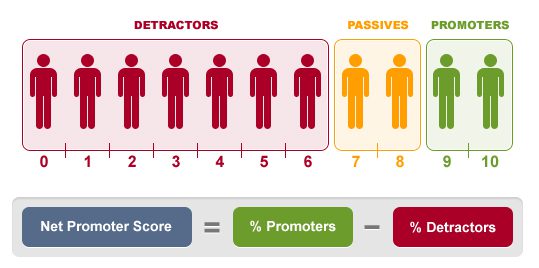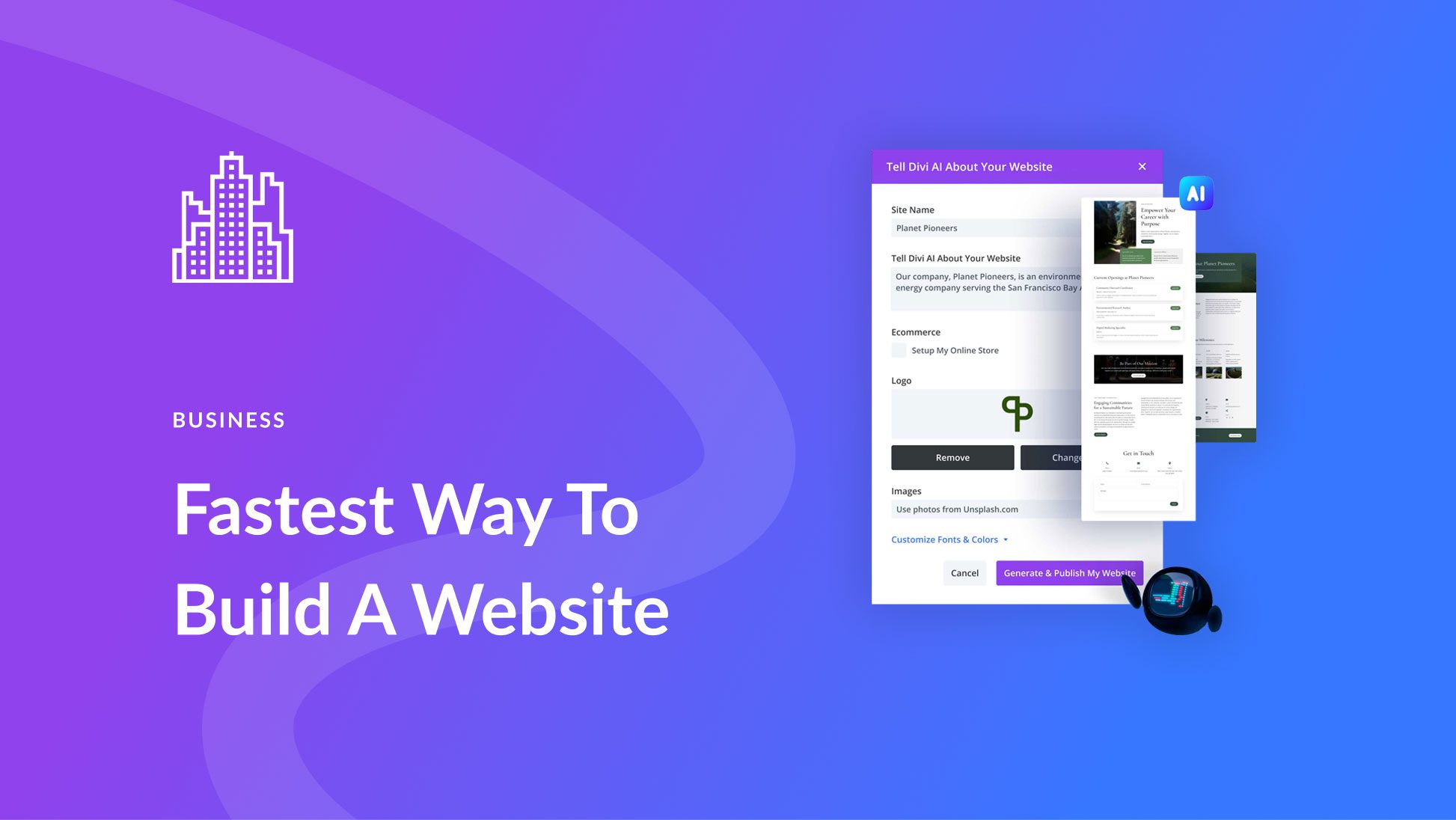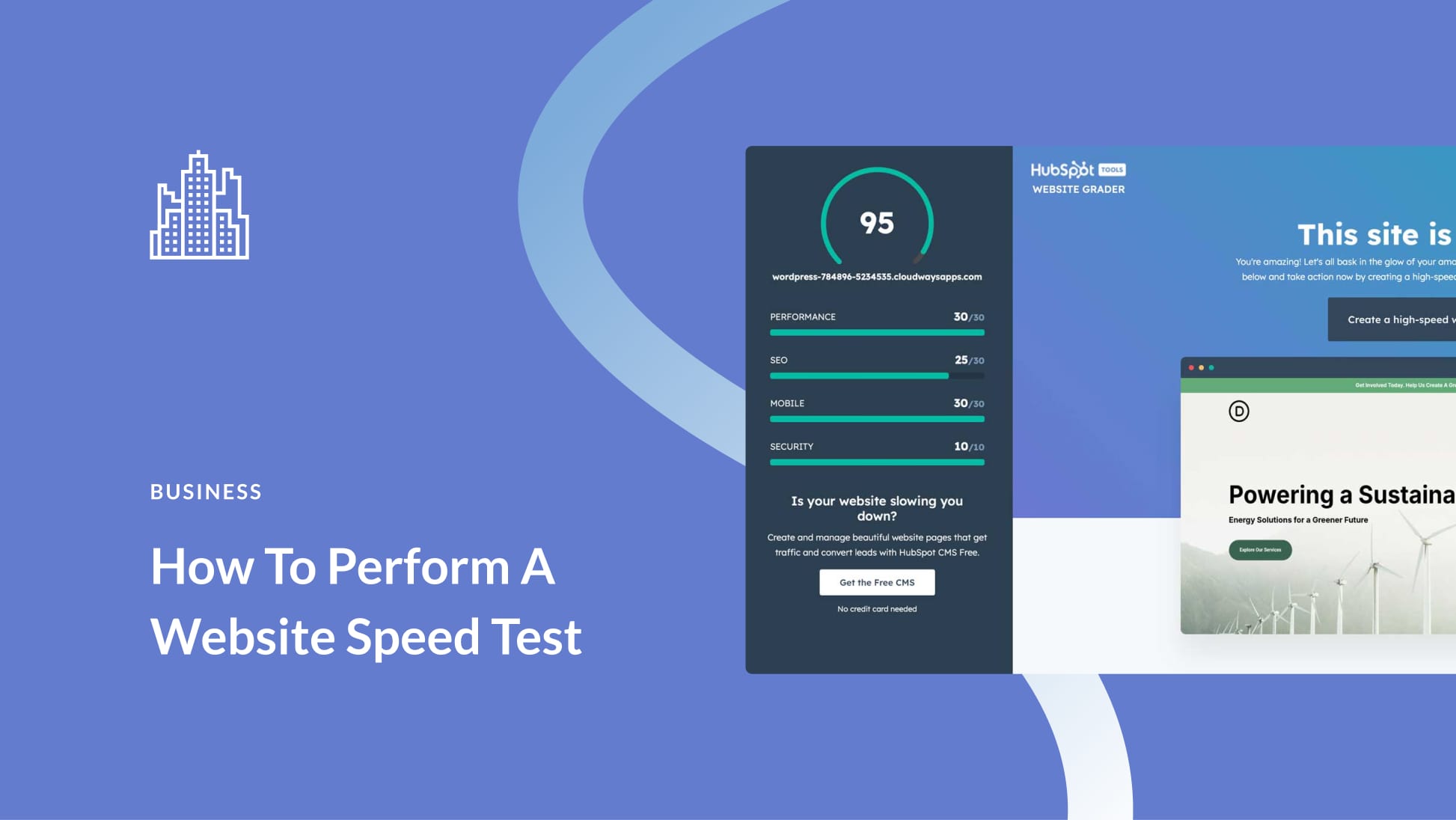Customers can make a negative experience public within seconds. I can Tweet about a rude checkout person before the door swings shut behind me or before the customer service chat window is closed.
According to the Nielsen Global Trust in Advertising Survey in 2015, 83% of people trust recommendations from people in their inner circle, and 66% trust online consumer feedback. One bad experience can have ripple effects if the unhappy customer tells their friends and family, who tells their friends and family…
(Of course, one great experience can have a major impact, too. However, negative experiences spark more reviews than positive ones, and it could take as many as 40 positive reviews to make up for the damage of one negative review.)
This is why brands have to stay on top of it. You have to know what people are saying as quickly as possible so those unfavorable comments don’t become disastrous. Brands should also keep customers as happy as possible so positive word-of-mouth can flow.
Enter the Net Promoter Score (NPS).
What is NPS?
NPS is a way for brands to gauge customer satisfaction and loyalty. It measures the likelihood that customers will recommend your brand to someone they know.
This may sound like the Customer Satisfaction Score or Customer Effort Score, but it’s different. NPS considers a customer’s comprehensive attitude about a brand. Though it can be used specifically for a new product, service or process, those aren’t traditional use cases. The Customer Satisfaction and Customer Effort Scores drill down to measure how pleased a customer is with a purchase, interaction or single experience.
NPS isn’t meant to be a replacement for other customer satisfaction analyses. Instead, it’s best when included as part of a bigger strategy. Since NPS gathers mostly simplistic feedback, you still need in-depth ways to learn about what’s causing negative or positive customer experiences and the consequences of those experiences.
Calculating NPS
NPS is a number between -100 and 100 that represents the likelihood that your typical customer will recommend your brand to someone they know. Those extremes are unlikely – they would mean that everyone is either a Detractor or a Promoter (an explanation of what those are in just a sec) – but that’s the breadth of possibility.
Calculating NPS is straightforward.
Survey your customers to ask how likely they are to recommend your brand to a friend on a scale of 0-10, then categorize responses by score. You can use NPS software like Asknicely to assist you in the survey process.
- 0-6: Detractors: Unhappy customers who are likely to spread negative sentiments about your brand
- 7-8: Passives: Indifferent customers who could leave you for a competitor or become a Promoter in the future
- 9-10: Promoters: Happy, loyal customers who will recommend your brand

Source: CheckMarket
Then, calculate the percentages.
For example, if you survey 150 people and the breakdown is 25 Detractors, 92 Passives and 33 Promoters, that’s 17%, 61% and 22% respectively (X divided by 150, move the decimal two places to the right). P.S. These are just arbitrary numbers to give you an easy example of how this is done.
FYI, NPS is usually expressed as a number, not a percentage, but I sometimes talk about it in terms of percentage because I feel it’s easier to understand that way. If you want to be an NPS purist, leave the percent sign out.
Ignore the Passives and subtract the Detractor percentage from the Promoter percentage. That will get you the NPS.
In my example, my NPS is 5 (22-17), which means there’s a 5% chance my customers will recommend my brand to people they know. NPS can range from -100 to 100, so while 5 isn’t good, it’s not as bad as a negative score.
Why We Don’t Include Passives in the Calculation
Passives are left out of the NPS calculation because they’re equalizers – they don’t make a difference. They’re neither unsupportive nor supportive customers, so they can’t influence a brand either way (in terms of the NPS calculation).
Let’s include them, though. Since Passives are in the middle, we’d have to split them in half. We’ll continue with the example we’ve been working with:
- 25 Detractors = 17%
- 92 Passives = 61%
- 33 Promoters = 22%
61% divided by 2 is 30.5. Add 30.5 to the Detractors and Promoters percentages:
- Detractors = 47.5%
- 92 Passives = 61%
- Promoters = 52.50%
Now calculate NPS again: 52.50-47.50 = 5.
All that work for the same result. Leave Passives out of the calculation.
But Don’t Ignore Passives Completely
In terms of the NPS calculation, Passives get the cold shoulder. In terms of survey responses, though, you should still track them. Any change in how the score breaks down will tell you something about the perception of your brand.
For example, if you have fewer Detractors but the same number of Promoters, your initial thought may be, “We’re still not doing so well.” However, your Passives are going up, which means there’s an upward trend in sentiment and those Passives could very well become Promoters in the future.
This trend goes the other way, too. A decrease in Promoters and an increase in Passives, even with Detractors staying the same, could mean you’re starting to lose some customers.
NPS is Imperfect
Knowing where NPS falls short will put it in perspective for your company. For many brands and industries, NPS is a great feedback tool – but you should also know its limitations.
- A customer saying they’ll recommend a brand or product does not actually mean they’ll recommend it.
- The “quality” of the customer – such as where their expertise lies or how often they misjudge a product or service – can affect the value of their recommendation.
- Certain markets don’t have a high amount of referrals, meaning buyers don’t tend to ask others for recommendations.
- Non-customers can also spread good or bad word-of-mouth, even if they’ve never had a direct experience with a brand.
- Some customers may be unclear, inaccurate or filtered in their responses.
- There’s an obvious issue with the distribution of scores. A 0 is much different than a 6, but Detractors aren’t further segmented to account for this.
The point? Don’t put all of your eggs in the NPS basket. Use caution, be smart about how you track and utilize NPS scores, and think of this as a launching pad for further research.
How to Use NPS to Your Advantage
While your brand probably has an entire strategy dedicated to attracting and converting brand new customers, NPS is about making the most out of what you have right now – and what you have is valuable. You’ve heard this before: it costs more to gain a new customer than to keep a current one. NPS can help you reduce customer churn rate.
That’s not all, though. NPS can also be used to determine how your company is growing or if it’s going backward. NPS can be compared with a company- or industry-specific target. Or you can track how certain areas of your business or particular products are performing.
Here’s how to use NPS to your advantage:
Know What You’re Looking For
You don’t just want more Promoters than Detractors (though that’s a start); you want a lot more. My 33 vs. 22 isn’t good; my 5 NPS score isn’t, either. However, my positive score means that I’m doing more right than wrong, and that’s something I can build on. Your aim should be whatever number is higher than you are right now, but if you need a specific number to shoot for, the best companies score around 70 percent.
Use NPS Surveys at Logical Touchpoints
Getting customers to leave any type of feedback is tough – most people just have better things to do with their time. Create a more hospitable response environment by presenting the survey at a logical time, like when most customers hit a pain point or right after customers tend to be impressed.
For digital products and services, using an in-app NPS tool that presents the survey midway through the process allows customers to share their in-the-moment feelings, which means you could get more truthful, raw feedback. Nipping problems in the bud can reduce churn rate.
Leave Space on the Survey for Feedback…
Your survey should have an area where customers can leave a comment. Either ask an open question (not a “yes” or “no” question) or simply say that they can mention anything the company should know. This can help you determine how your brand is impressing customers and also where the major pain points are, not just if customers are happy or not.
…And Act Quickly on Some of Those Comments
Some negative feedback is going to be difficult to fix, but other kinds – like a comment about a bug or a nasty customer service rep – can be handled immediately.
Segment Responses by Category
In addition to separating NPS respondents into the three basic categories, you can also create sub-categories of issues people are having based on their written comments.
For example, let’s say that several customers respond that they found your product confusing to use. You could then start to email new customers helpful guides or links to explainer videos so that they don’t get to the point where they’re baffled by your product. For the customers who are currently having this issue, you could offer them a complimentary session with a specialist who can walk them through getting started.
On the same note, you can also build on what you’re doing right. Positive responses and happy customers shouldn’t be ignored just because they don’t need immediate attention. Brands can figure out what was pleasing and then maximize the potential.
For example, let’s say you get an especially high NPS rating from a customer. They had an excellent experience with a specific customer service rep and they found the resource they provided – a link to a thorough guide – especially useful. You can do three things: (1) make that customer service rep a go-to for VIP customers, (2) start proactively sending that article to customers and (3) use the info in the article to create other types of content, like social media posts, an infographic or a newsletter.
Create Customized Follow-ups
You already have your customers segmented into categories, so it’s the perfect time to send them targeted offers based on how they’re feeling about your brand. For example:
- Promoters can be sent information about your brand ambassador program or a discount to upgrade their service level or product.
- Passives need more time to figure out whether or not they like you, so giving them a freebie or an extended trial period could help.
- Detractors don’t want to be pushed – they’re already not pleased with you – so a genuine “thank you” for their feedback and a question like, “Is there anything we can do?” or “How can we improve?” is a gentle step forward.
Be Smart When Rolling Out Changes
Let’s say you uncover something that has to be improved in order to raise NPS scores, but there’s a chance that the change may also lower NPS scores – you won’t know for certain until you try, but that’s a big risk to take.
There are a couple of things you can do, either singularly or together. First, you can A/B test the change so that only a portion of your customers experience it – even if their NPS scores are lower, you won’t see lower scores across-the-board. Second, you can create a system to gather and respond to NPS scores in real-time. That way, if you do get negative feedback you can swiftly connect with the customer and troubleshoot for them – they may not be pleased, but you may still be able to salvage the experience.
Create a Referral Marketing Plan
Since the entire point of NPS is to discover whether or not customers will recommend your products – and since referred customers have a higher lifetime value than non-referred customers – brands that score highly should take advantage of the referral marketing opportunity. The more advocates you have, the less it’ll cost you to acquire new customers.
There are several ways for companies to encourage referral marketing:
- Ask for testimonials or reviews
- Create a rewards program for frequent buyers
- Put together customer case studies
- Set up a brand ambassador program
Referral marketing relies on a positive relationship between the brand and the customer, so you should wait until you have a decent NPS score to take this step. Or, you can specifically target your happiest customers right now and wait until you have a higher NPS score to broaden your referral marketing offerings.
One Survey Isn’t Enough
You have to consistently survey your customers in order to know your up-to-date NPS. This is a fluid score – it’s going to change as you change, as your customers change and as trends (and even the seasons) change. Also, it’s never too early to start collecting NPS scores – customer feedback is integral to your success, whether you have a customer base of 10 or 10,000.
Wrapping Up
How are you going to assess your success as a company? By how many people sign up or pay just once? Or by how many people are so impressed or excited by your brand that they can’t help but tell other people about it?
NPS gives you hard numbers and candid feedback about where your brand is killing it and where you’re flailing. You can meet your customers needs quicker and better than before, and you can also overcome the obstacles that are keeping you from all that referral marketing power.
Bad reviews got you down? Check out my article about How to Turn Customer Complaints into Positive Opportunities.









I think it’s a great idea to track customer perception of your brand, my concern is that it could be used negatively by your competitors and potentially customers who have an issue with your company. I guess you have to take a balanced view of the data that you get back.
Yes, definitely, thanks for your comment Mike!
Yes, it’ really true that every customer doesn’t get satisfied with the products. Moreover, the customer/ audience looks back to the reviews and does the selection of products. You have really done great statistical research on these kinds of things. Really a depth content is found here.
So true. I get a lot of subscribers from the services offered because many people recommend it. The testimonial is amazing.
Glad to hear it!
NPS scores can be very helpful to a business if used properly! A lot of large companies require employees to ask for a 9 or 10 regarding would they refer friends and family to the company. If the customer is unhappy with the company the employees are told to please give a 9 or 10 rating and put their complaints in the comments section. If less than a 9 it reflects poorly on the employee, even if the customer rates the individual employee as a 10.
In my opinion the large companies should change this practice so that they will know what they need to improve on for their customers.
Lori
Agreed! Thanks for your comment, Lori.